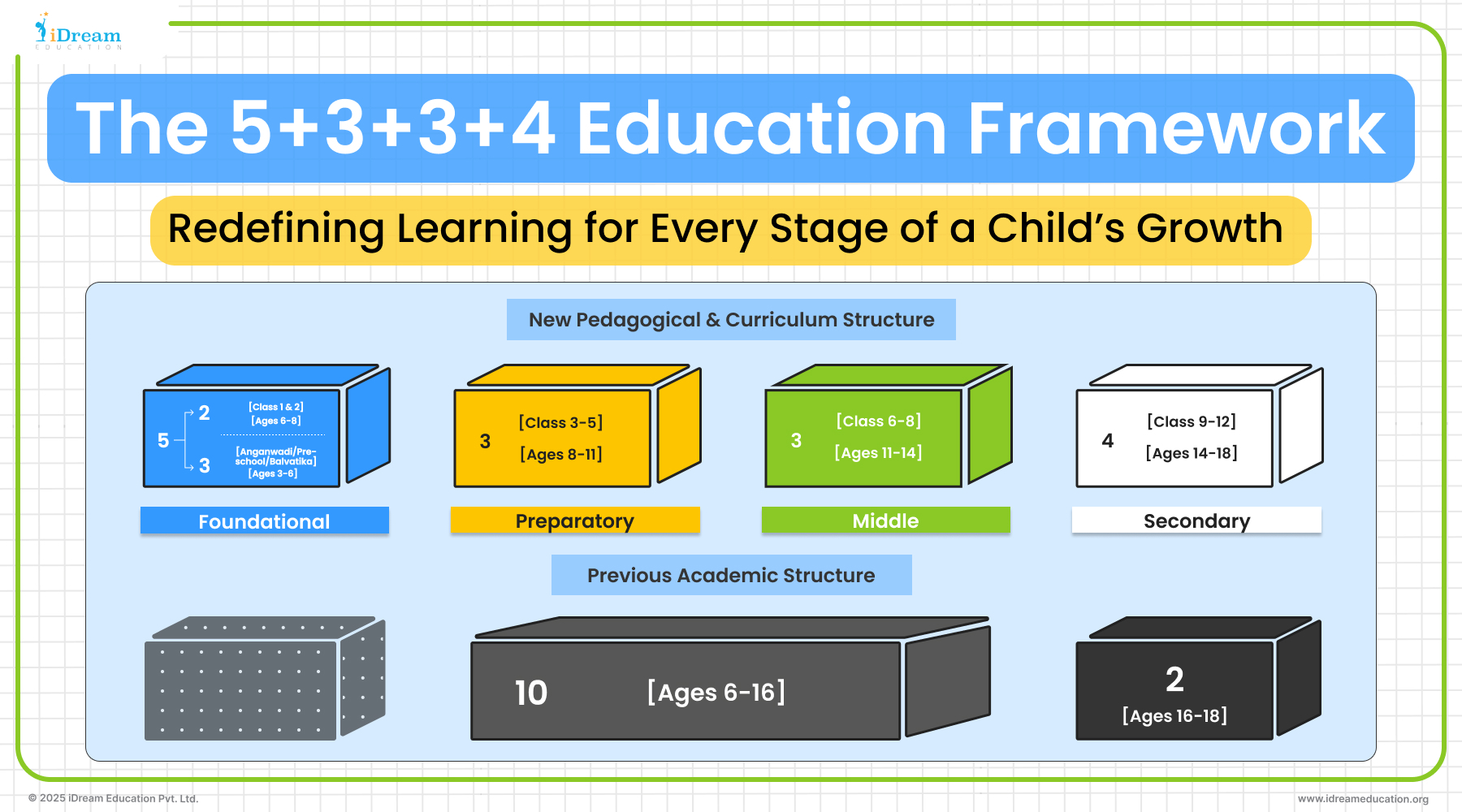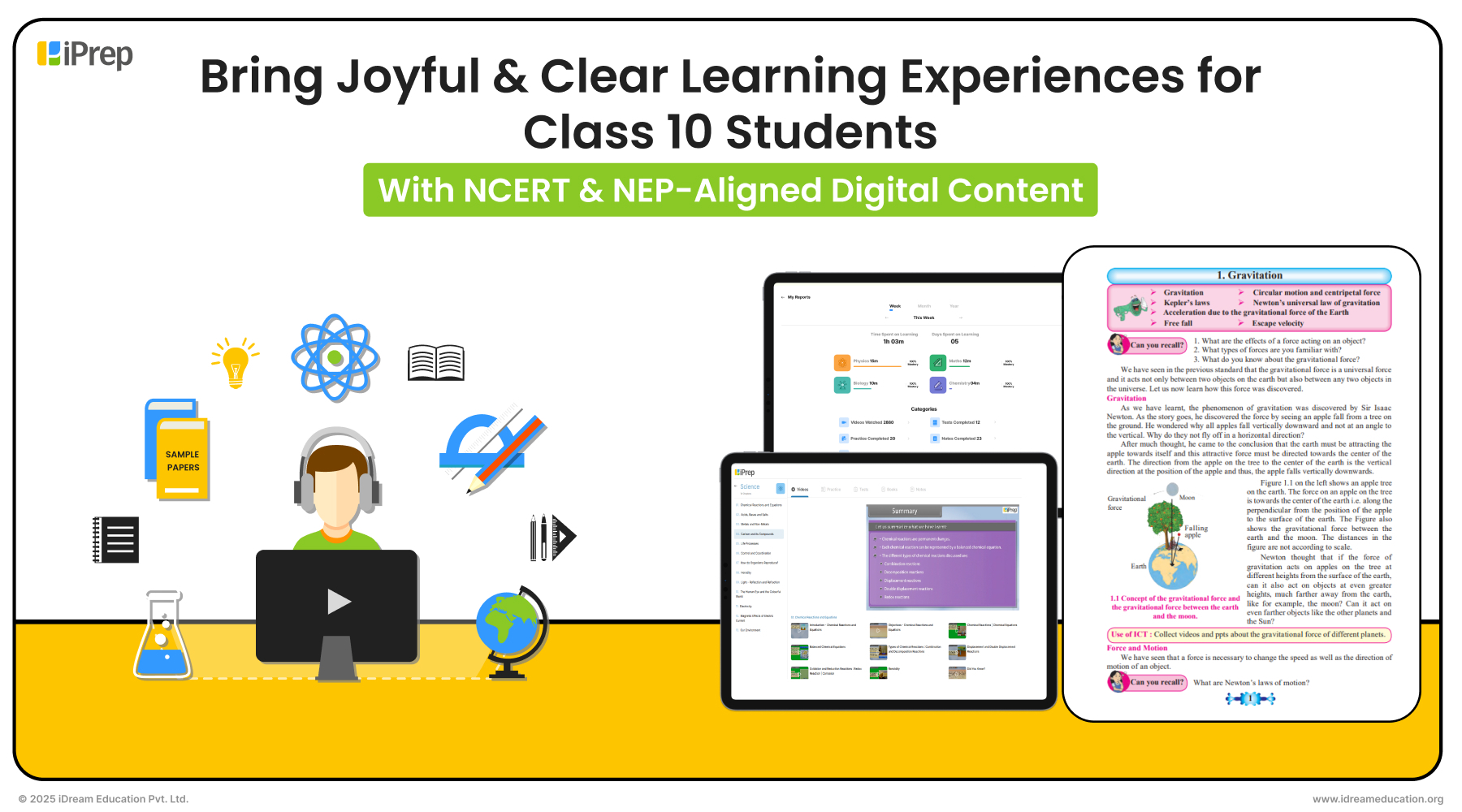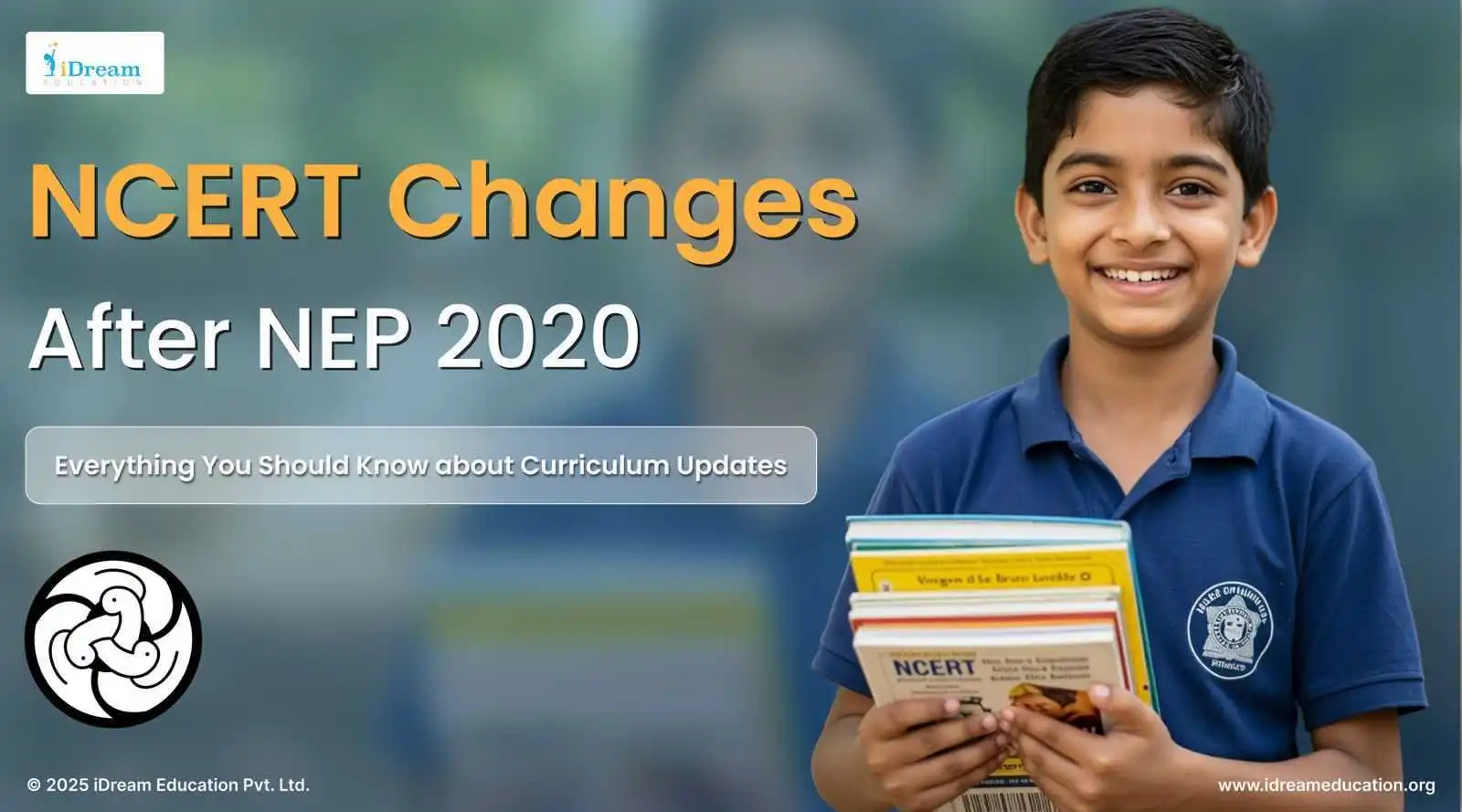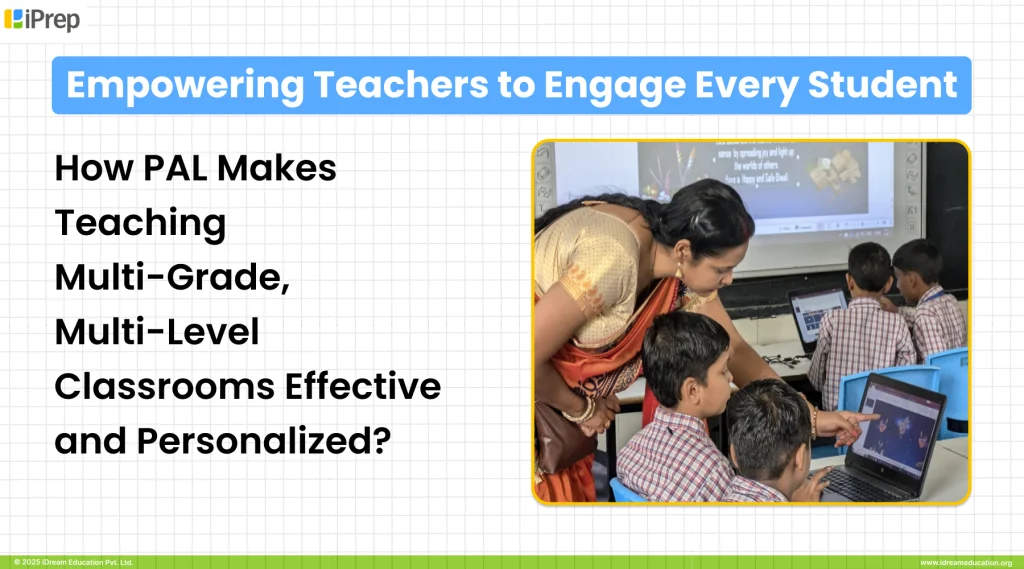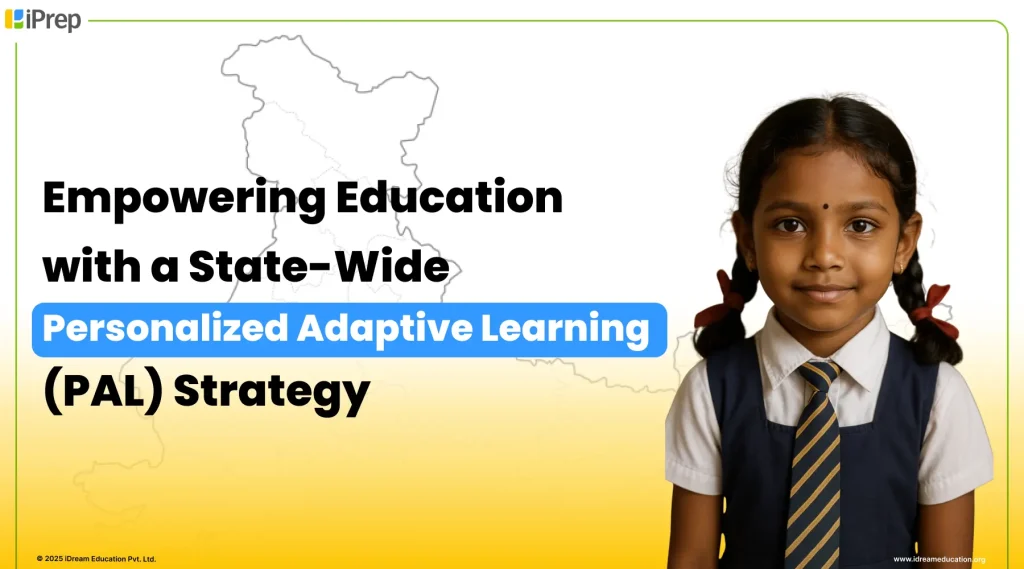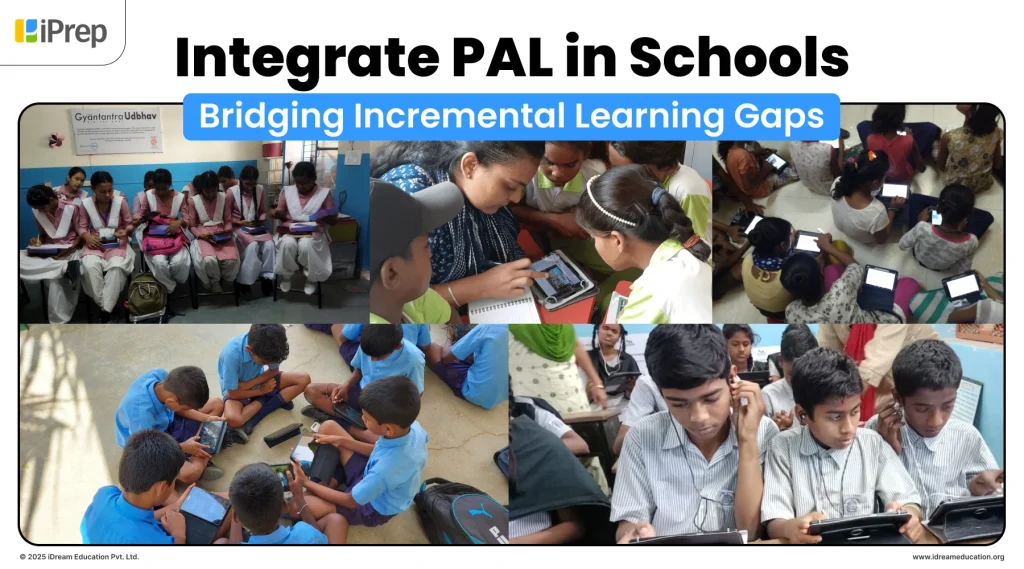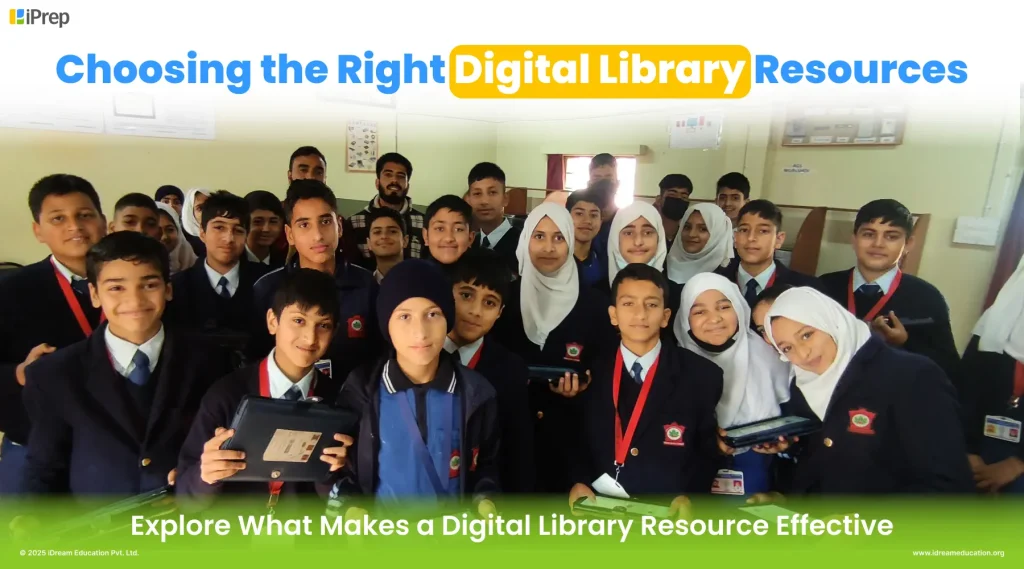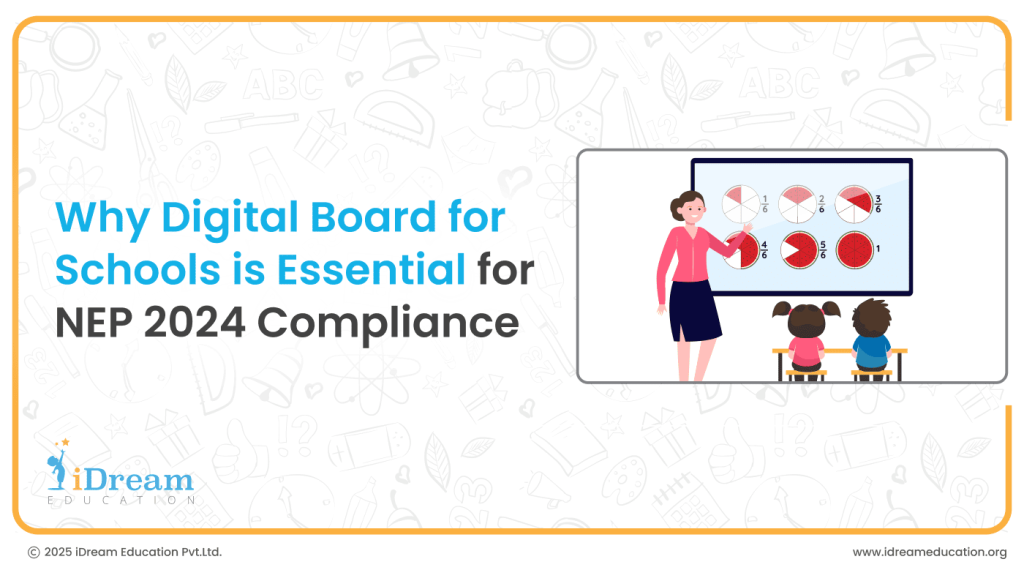
The National Education Policy (NEP) 2024 brings to the fore the critical role of digital education in achieving universal access to quality learning in India. In this context, tools like digital boards for classrooms are serving as essential infrastructure supporting multiple NEP objectives at one go.
In fact, many school administrators across India, who are responsible for complying with NEP 2024 guidelines, have increasingly recognised digital boards as valuable assets for meeting compliance efficiently and effectively.
These interactive boards for schools directly address key policy requirements such as bridging technology gaps, facilitating multilingual instruction, enabling interactive and engaging teaching methods, and fostering essential skills.
This article explores the strategic importance of interactive digital boards in aligning with NEP compliance requirements and why they have emerged as preferred educational tools.
Core NEP 2024 Compliance Requirements: Where Digital Board for Schools Delivers
The DIKSHA platform manages over 53 crore learning sessions already. That’s proof positive that digital learning is already in full swing among many students and teachers.
The difficulty, though, is how you translate that online participation into a significant classroom transformation. So, you want infrastructure that really connects physical and virtual learning environments.
Here are the areas where interactive digital boards for schools truly shine:
Mandatory Multilingual Instruction
NEP 2024 requires mother tongue instruction through Grade 5, then seamless transition support after. Traditional teaching materials often can’t keep up with this requirement.
Smart boards offer instant language switching, regional content, and culturally appropriate materials that paper-based resources naturally find difficult to replicate. So, schools lacking this flexibility will face immediate compliance gaps.
Computational Thinking from Grade 6
Here’s where conventional teaching methods struggle. The policy requires coding education from Class VI onward. Educators know how challenging it is to explain loops and variables using a blackboard sometimes.
The digital board for schools transform these abstract programming concepts into visual, interactive experiences. Students work on programming projects, view their code run in real-time, and fix visual feedback-based debugging mistakes. Blackboards and textbooks cannot provide this kind of opportunity.
Continuous Assessment Frameworks
Annual examinations are becoming outdated under NEP. The policy demands ongoing evaluation through portfolios, peer assessment, and self-reflection.
Digital boards create immediate feedback loops, progress visualisation, and collaborative assessment activities. Teachers can track understanding moment by moment rather than discovering knowledge gaps weeks later through test results.
This creates comprehensive learner profiles that compliance reporting actually requires.
21st Century Skill Integration
Critical thinking, creativity, communication, and collaboration aren’t optional extras anymore. These are the must-have components of the curriculum. The digital board for schools makes project-based learning practical, multimedia presentations interesting, and interactive problem-solving natural.
Looking Ahead: How Digital Board for Schools Enables NEP 2025 Evolution
As India proceeds with NEP implementation, early signs point to significant policy changes ahead. Curriculum revisions are planned for grades 7, 9, and 11. The education budget has increased to ₹1,28,650 crore.
Also, Personalised Adaptive Learning (PAL) solutions are being integrated nationwide.
NEP 2025 will likely push harder on technology-driven personalisation and data-driven learning outcomes. The No Detention Policy has been dismissed, signalling a clear shift toward accountability-based education.
All of this makes digital infrastructure like interactive boards even more crucial.
Deploying Digital Board for Schools: A Strategic Implementation Framework
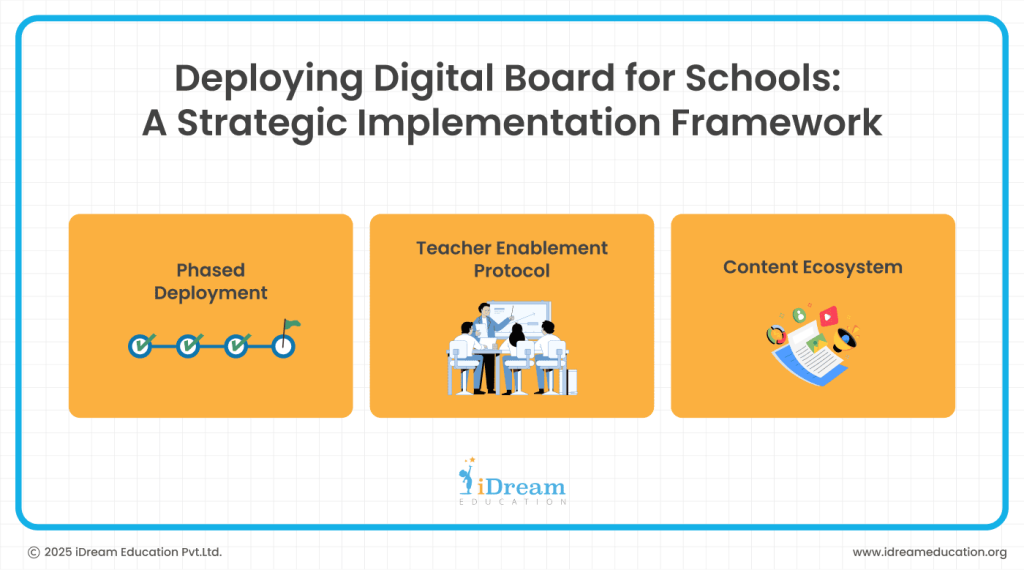
Here’s how schools in India can start deploying digital boards in the classrooms:
Phased Deployment
Start with high-impact grades where curriculum transitions happen—grades 3, 6, and 9 work best. This approach targets maximum compliance benefit while managing budget constraints realistically.
Each phase needs teacher training, content migration, and assessment integration before expanding further.
Also, note that if you are attempting a school-wide deployment simultaneously, it often backfires. You get surface-level adoption rather than meaningful transformation.
Teacher Enablement Protocol
Digital board success depends entirely on how well teachers adopt and use them. Therefore, the most successful implementations focus on hands-on training programmes that emphasise curriculum integration over technical features.
- Teachers need to experience how technology enhances their existing pedagogical strengths rather than replacing them.
- You can also create mentor networks where early adopters support colleagues to build sustainable change from within. This works better than imposing external mandates.
Content Ecosystem
Here’s what many schools underestimate: successful digital board implementation requires comprehensive content libraries aligned with state curriculum standards. Hardware is just the starting point.
Partnership with NCERT digital content providers offering multilingual resources, interactive simulations, and assessment tools becomes crucial. These need to support NEP’s competency-based learning objectives.
Schools often focus on hardware while neglecting the content infrastructure that actually drives learning outcomes.
Measuring Compliance Impact: How Digital Board for Schools Demonstrates Results
Once the implementation is done right, another challenging part is measuring the outcome to ensure full compliance with NEP.
Learning Outcome Metrics
One of the advantages of smart boards is that they come with built-in analytics that track student engagement, concept mastery, and skill development. These data points directly support NEP’s evidence-based assessment requirements. Schools can demonstrate compliance through measurable learning improvements.
Unlike traditional teaching methods that rely on subjective observation, digital platforms generate objective data showing exactly which concepts students grasp and where additional support is needed.
Administrative Efficiency Gains
Streamlined lesson planning, automated attendance tracking, and digital resource management reduce administrative burden while improving documentation accuracy.
This way, schools can demonstrate compliance more efficiently as teachers focus on instruction quality rather than paperwork.
Parent and Community Engagement
A digital board for schools create transparent communication through recorded lessons, progress sharing, and virtual participation opportunities. Parents can observe teaching methods, understand curriculum progression, and support learning at home more effectively.
This addresses NEP’s community involvement mandates.
Read More: Why Digital Content Providers for Govt. Tenders Matter? – iDream Education Blog
Overcoming Implementation Barriers: Making The Digital Board for Schools Work
Educational institutions must also prepare for some implementation barriers. Here are the most prominent ones:
Infrastructure Readiness
Many schools lack reliable electricity and internet connectivity essential for digital board operation. Successful implementations develop backup plans including offline content capabilities, battery backup systems, and mobile connectivity solutions.
Rural schools have discovered creative solutions, including solar power integration, that make digital boards viable even in challenging environments.
Change Management Strategies
Resistance to traditional teaching approaches requires careful handling.
Teachers need to see how digital boards solve existing problems, not create new ones. Demonstrating immediate classroom benefits builds genuine enthusiasm for technology integration.
Budget Optimisation
Total cost of ownership extends beyond initial purchase to include installation, training, maintenance, and content licensing.
Negotiating comprehensive packages covering these elements while exploring government schemes and CSR funding opportunities can significantly offset implementation costs.
Takeaway
Digital boards for schools represent more than NEP 2024 compliance; it’s an investment in educational transformation benefiting students, teachers, and communities simultaneously. The technology addresses immediate policy requirements while building capacity for future educational evolution.
iDream Education partners with schools, NGOs, Foundations, government to ensure seamless adoption of digital boards, NEP-compliant interactive education tools.
Our turnkey solution includes iPrep: the learning super app, smart boards, expert-led teacher training workshops, curriculum‑aligned multilingual content libraries, and robust implementation support, covering connectivity assessments, hardware installation, and ongoing maintenance.
Through our data‑driven learning analytics platform, administrators gain real‑time insights into student progress. We also facilitate community outreach by providing virtual parent‑teacher engagement portals and offline content capabilities for universal access to education across India.
To learn more, you may contact us at +91 7678265039.
You can also share your details here or write to us share@idreameducation.org.



